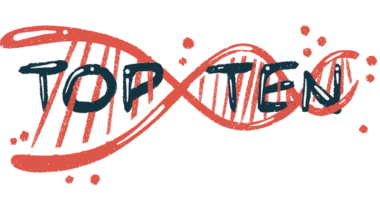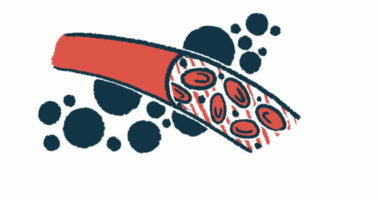HOPE 2 Study: CAP-1002 Still Improving Arm Function in DMD

The investigational cell therapy CAP-1002 continued to improve arm function in boys and young men with advanced Duchenne muscular dystrophy (DMD), according to the HOPE-2 open-label extension study.
These additional upper limb improvements came after HOPE-2 participants were off CAP-1002 for a mean of about one year before restarting the therapy, developed by Capricor Therapeutics, in the extension study for another year.
“These data suggest patients on CAP-1002 accumulate benefit over time where their skeletal muscle function is better preserved which may indicate a long term potential benefit of CAP-1002,” Linda Marbán, PhD, CEO of Capricor, said in a press release. “This evidence builds on the results of the HOPE-2 study, recently published in The Lancet, that showed statistically significant improvements in upper limb function in the treatment group at 12 months.”
The company also has launched a Phase 3 study, HOPE-3 ( NCT05126758), to evaluate CAP-1002’s impact on upper limb function in up to 68 boys, ages 10 and older, with DMD. The trial is open to those who can and cannot walk and is currently enrolling at sites in Georgia and Arkansas, with a California site expected to start soon.
HOPE-2 was a placebo-controlled, Phase 2 study (NCT03406780) testing CAP-1002 in 20 boys and young men with DMD in the later stages of the disease, many of whom were unable to walk. The therapy, administered into the bloodstream every three months, improved arm and heart function compared to placebo, meeting primary and secondary outcome measures.
After completing HOPE-2, all patients stopped treatment for a mean of 392 days (a little more than one year), up to slightly above 1.5 years (gap phase). Of the original HOPE-2 participants, 13 joined the extension study, including six who were assigned initially CAP-1002 and seven who had received the placebo.
Treatment resumed every three months for a year; patients then were evaluated by Performance of the Upper Limb (PUL) 1.2, a validated test to assess day-to-day functionality in the shoulders, elbows, wrists and hands.
The data, presented at a late-breaking session at this year’s Parent Project Muscular Dystrophy (PPMD) Annual Conference, showed that CAP-1002 significantly improved arm function.
The treatment difference after the extension phase versus the original HOPE-2 CAP-1002 stage showed a mean improvement of 3.8 PUL points. Those initially assigned a placebo improved by 2.3 points during the extension study compared to the HOPE-2 placebo phase and by 2.8 points relative to the gap phase.
“For patients with DMD, time is associated with loss of function. Anything that we can do to delay the progression is an essential step in the right direction, allowing for patients to preserve key everyday activities requiring upper limb function,” said Craig McDonald, MD, principal investigator for HOPE-2 and professor at the University of California, Davis.
“The initial HOPE-2 data, augmented with this new body of evidence showing slowing in the rate of decline with re-introduction of systemic cell therapy, indicate that CAP-1002, when used over time, is slowing DMD’s devastating effects and may be disease modifying,” McDonald added.
The therapy was generally safe and well-tolerated throughout this study, with safety profiles consistent with those seen in previous studies. The HOPE-2 extension study remains ongoing.
“Once the patient group that chose to enter the open label extension study began receiving CAP-1002 quarterly injections, we saw DMD’s progression slowing, which started within the first three months and continued for the entire year,” said Marbán.
“Patients are now in their second year of treatment, and we look forward to sharing updates on this ongoing study as they become available,” added Marbán. “All of our findings to date suggest that CAP-1002 holds promise as a potential anchor therapy for non-ambulant DMD patients, a group for which few treatment options exist.”
DMD is marked by progressive muscle weakness and wasting, more commonly affecting males than females.
CAP-1002 contains cardiosphere-derived cells, a type of heart cell progenitor, or precursor cell, that secretes tiny vesicles called exosomes. These exosomes then modulate the activity of the immune system and stimulate cellular regeneration. The investigational treatment has been granted the designations of orphan drug, regenerative medicine advanced therapy, and rare pediatric disease, in the U.S.







